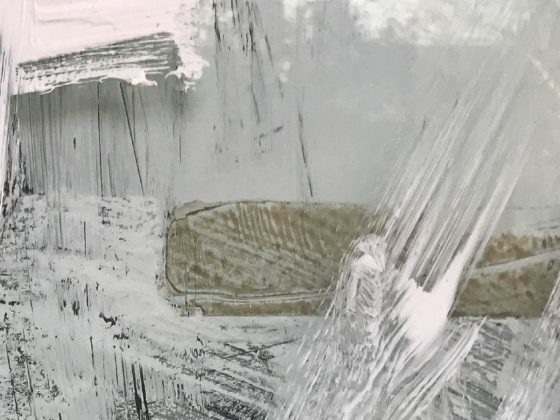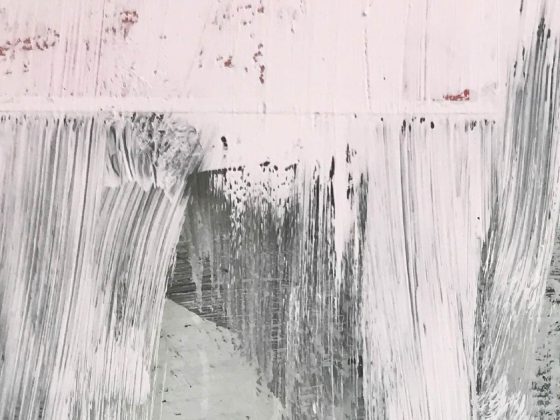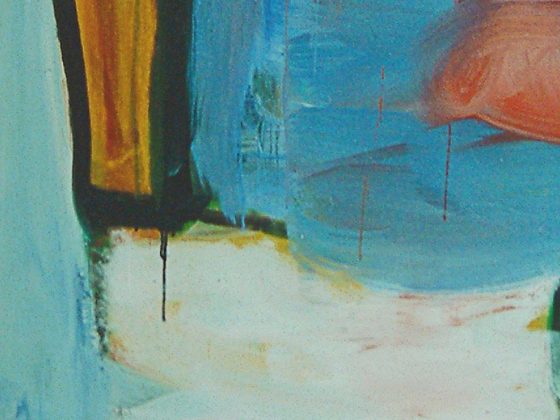Teología y cultura, año 12, vol. 17 (diciembre 2015), pp. 117-141 ISSN 1668-6233
La misión de la Iglesia en Latinoamérica no ha sido abordada con suficiente análisis de nuestro pasado histórico, social y económico. A pesar de que la mayoría del pueblo latinoamericano se confiesa como cristiano, la Iglesia, tanto católica como protestante, no ha logrado un impacto positivo en la sociedad. Muchísimas razones hubo para ello. El presente trabajo aspira a presentar dos perspectivas desde la Teología de la Liberación (TL), una católica romana, y otra protestante. La TL ha sido la única corriente teológica que ha puesto el énfasis en el estudio de nuestra realidad diaria y cuya acción no sólo tuvo impacto —al punto de ser combatida— sino que inspiró a muchísimas organizaciones sociales. Las dos teologías misioneras que en este trabajo se analizan (Pablo Suess y David Roldán) son el producto de un arduo trabajo intelectual por comprender nuestra realidad y responder adecuadamente, donde la misión no es una “formula”, sino un “camino a recorrer”.
Palabras clave: Misión. Latinoamérica. Liberación.
Abstract: The mission of the Church in Latin America has not been studied enough in our historical, social and economic past. Although the majority of the Latin American people confess himself as Christian, the Church —both Catholic and Protestant— have failed to positively impact society. There have been many reasons for that. In the present paper the author wants to present two perspectives of the situation from the Liberation Theology (LT), one Catholic and the other one Protestant. LT has been the only theological current that emphasized in the study of our everyday reality and its action produced certain impact —in such a level to be fought— but also inspired several social organizations. The two missiological theologies that are analyzed in this paper (Pablo Suess and David Roldan) are the result of a hard intellectual work in order to comprehend our reality and to respond efficiently, in a way that mission is not a “formula” but a “way to walk”.











